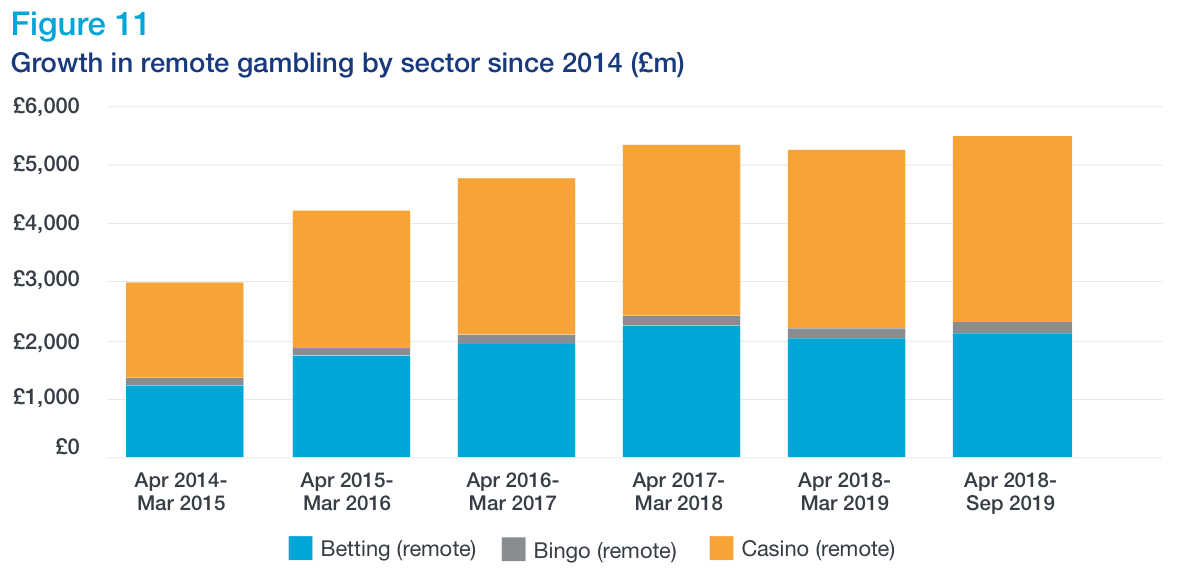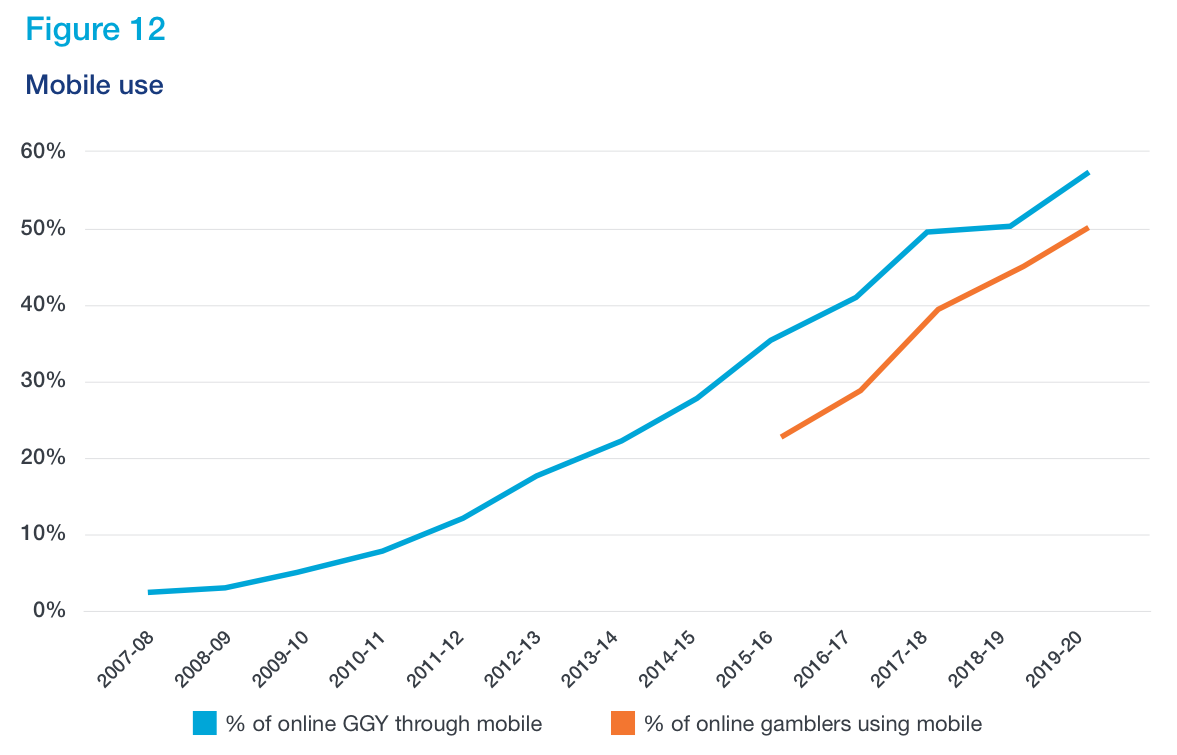Guidance
Guidance to licensing authorities
The Gambling Commission's guidance for licensing authorities.
Contents
- Changes to the Guidance for Licensing Authorities
- Part 1: General guidance on the role and responsibilities of licensing authorities in gambling regulation
-
- Introduction
- Partnership working between the Commission and licensing authorities – shared regulation
- Co-ordination and contact
- Primary legislation
- Statutory aim to permit gambling
- The licensing objectives
- Codes of practice
- Licensing authority discretion (s.153 of the Act)
- Local risk assessments
- Licensing authority policy statement
- Limits on licensing authority discretion
- Other powers
- Part 2: The licensing framework
- Part 3: The Gambling Commission
- Part 4: Licensing authorities
- Part 5: Principles to be applied by licensing authorities
- Part 6: Licensing authority policy statement
- Part 7: Premises licences
- Part 8: Responsible authorities and interested parties definitions
- Part 9: Premises licence conditions
- Part 10: Review of premises licence by licensing authority
- Part 11: Provisional statements
- Part 12: Rights of appeal and judicial review
- Part 13: Information exchange
- Part 14: Temporary use notices
- Part 15: Occasional use notices
- Part 16: Gaming machines
- Part 17: Casinos
-
- Casino premises
- Casino games
- Protection of children and young persons
- The process for issuing casino premises licences
- Resolutions not to issue casino licences
- Converted casinos (with preserved rights under Schedule 18 of the Act)
- Casino premises licence conditions
- Mandatory conditions – small casino premises licences
- Mandatory conditions – converted casino premises licences
- Default conditions attaching to all casino premises licences
- Self-exclusion
- Part 18: Bingo
- Part 19: Betting premises
- Part 20: Tracks
-
- Definition of a track
- Track premises licences – differences from other premises licences
- Betting on tracks
- Licences and other permissions for the provision of betting facilities
- Betting on event and non-event days
- Social responsibility considerations for tracks
- Gaming machines
- Self-service betting terminals (SSBTs)
- Applications
- Licence conditions and requirements
- Part 21: Adult gaming centres
- Part 22: Licensed family entertainment centres
- Part 23: Introduction to permits
- Part 24: Unlicensed family entertainment centres
- Part 25: Clubs
- Part 26: Premises licensed to sell alcohol
- Part 27: Prize gaming and prize gaming permits
- Part 28: Non-commercial and private gaming, betting and lotteries
- Part 29: Poker
- Part 30: Travelling fairs
- Part 31: Crown immunity and excluded premises
- Part 32: Territorial application of the Gambling Act 2005
- Part 33: Door supervision
- Part 34: Small society lotteries
-
- Small society lotteries
- The status of lotteries under the Act
- Licensing authority guidance
- Social responsibility
- External lottery managers’ licence status
- Lottery tickets
- Prizes
- Specific offences in relation to lotteries
- Application and registration process for small society lotteries
- Administration and returns
- Part 35: Chain gift schemes
- Part 36: Compliance and enforcement matters
- Appendix A: Summary of machine provisions by premises
- Appendix B: Summary of gaming machine categories and entitlements
- Appendix C: Summary of gaming entitlements for clubs and alcohol-licensed premises
- Appendix D: Summary of offences under the Gambling Act 2005
- Appendix E: Summary of statutory application forms and notices
- Appendix F: Inspection powers
- Appendix G: Licensing authority delegations
- Appendix H: Poker games and prizes
- Appendix I: Glossary of terms
Accessibility of online gambling
The decline in premises-based gambling has coincided with an increase in online gambling. In 2016, 17% of adults reported they had gambled online in the past four weeks; that had increased to 21% in 201928. . Data from our industry stats shows the growth in remote gambling GGY by sector as shown in Figure 11.

If extrapolated, our latest data, equates to 11 million adults having gambled online in the last 4 weeks.
As figure 12 shows, 50% of online gambling now takes place on a mobile phone 24.

The emergence of online gambling, in particular mobile gambling means consumers have far greater access to a wider range of gambling products. Many large online licensees provide a one-stop shop for gambling facilities incorporating betting, casino games (live and virtual), slot games, bingo and poker all accessible from a single app. 56% of online gamblers have more than one gambling account and on average they have 3 accounts 29.
In 2019 we asked our Advisory Board for Safer Gambling (ABSG) and the Digital Advisory Panel (DAP) to review and advise our ongoing work and future approach to tackling online gambling harms. Their recommendations for priority actions included addressing the risks of game design and habit- forming apps, making more use of data through a ‘single customer view’ and harnessing the use of ad tech to reduce vulnerable adult and children’s’ exposure to online gambling advertising'.
Last updated: 27 May 2021
Show updates to this content
No changes to show.
